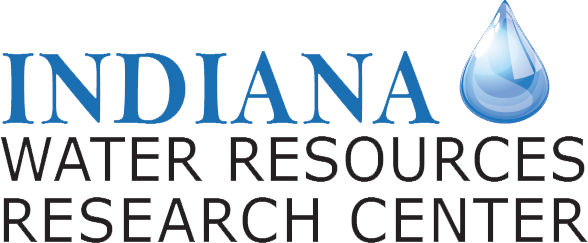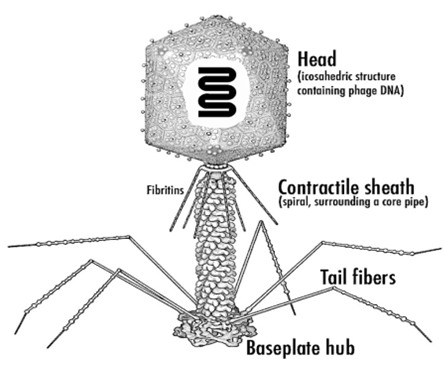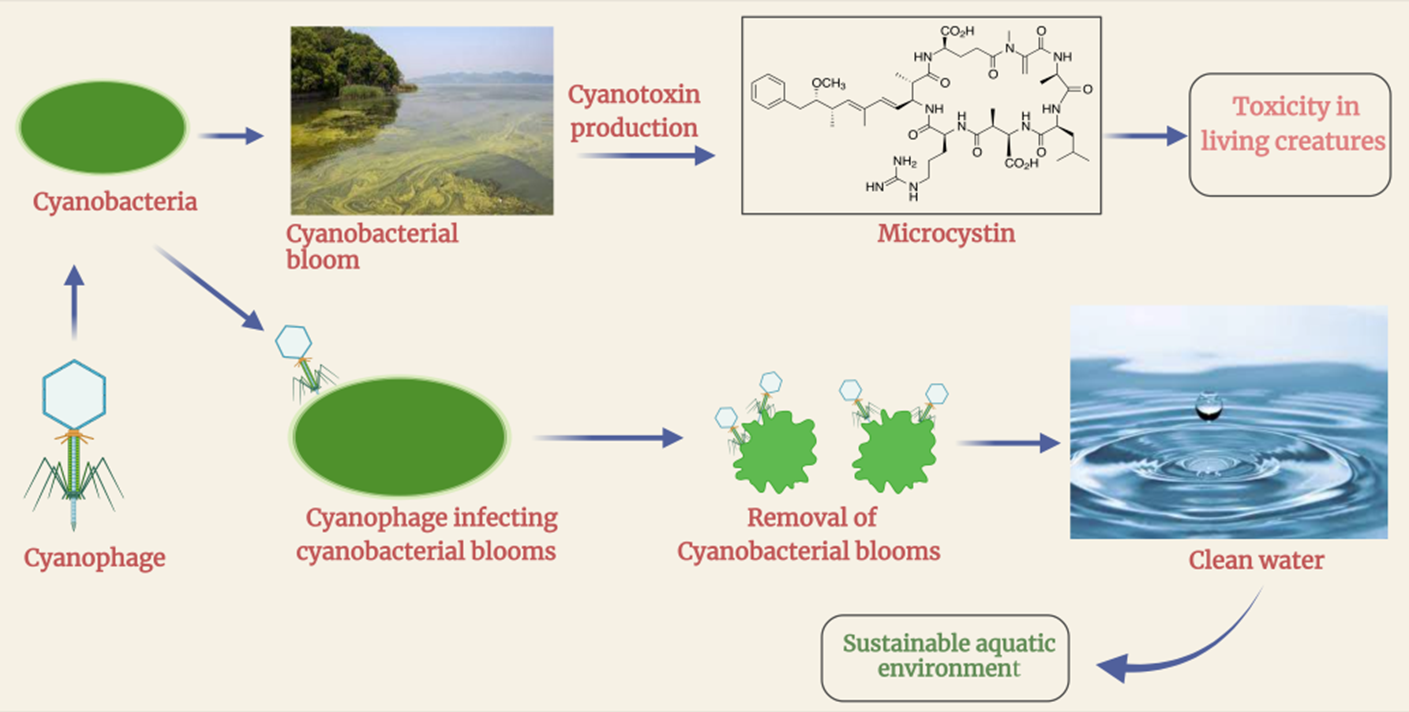Factsheet – Cyanophages technology: A novel and eco-friendly method to control cyanobacteria in Indiana lakes
A research project funded by the Indiana Water Resources Research Center through the U.S. Geological Survey’s 104B annual base grants (section 104 of the Water Resources Research Act of 1984, as amended).

Start Date: 2022-09-01
End Date: 2023-08-31
Total Federal Funds: $25,000
Total Non-Federal Funds: $28,471
Excess nutrients in the freshwater environment stimulate harmful algal blooms (HABs), which rapidly increase and accumulate in lakes and rivers when the optimum environmental conditions are met. The overabundance of HABs in freshwater increases the risk to human and animal health, reduces water transparency, creates oxygen-deprived aquatic zones, leads to death of dwelling plants and fishes, and ultimately decreases the recreational use of water. HABs are especially important in the water body if the water is used as a municipal drinking water reservoir. Cyanobacteria are a type of blue-green algae that form harmful (toxic, food web changing, hypoxia and anoxia generating) blooms in water ecosystems. Innovative approaches are needed to prevent cyanobacteria occurrence, accumulation, and transport in aquatic biota. Cyanophage could be used to control the overgrowth of targeted cyanobacteria in Indiana lakes. The engineering objective of this study was to explore cyanophage-based viral control systems for moderating and controlling cyanobacteria in the lake environment. Cyanophage therapy is a novel and environmentally friendly approach that can be applied as needed.
Research Objectives
1. To grow pure culture cyanobacteria in the laboratory to define the growth and environmental conditions affecting cyanobacteria and toxin production. The growth conditions for cyanobacteria need to be better understood.
2. Once we establish optimal cyanobacteria growth conditions, define how to introduce and monitor the actions of cyanophage relative to the cyanobacteria population.
3. To investigate a type of dominant cyanobacteria in the lake environment in Indiana and plan to control them using appropriate cyanophage.

Figure 1. Schematic representation of bacteriophage prototype.
Researcher Profile

Major Conclusions & Significance

Figure 2. A simple model showing cyanobacterial blooms with and without cyanophage technology.
What Does This Mean For Indiana?


